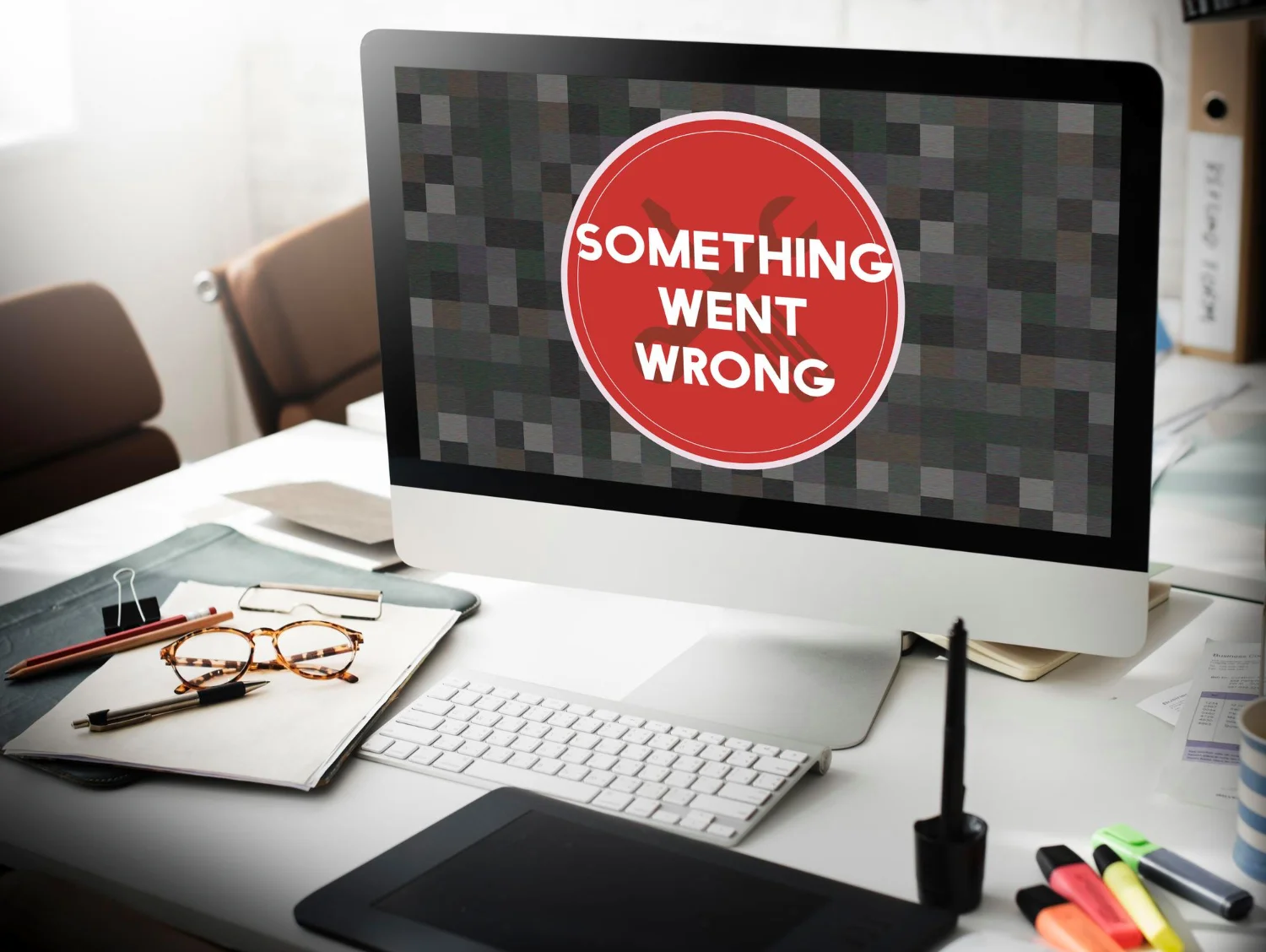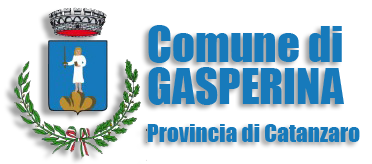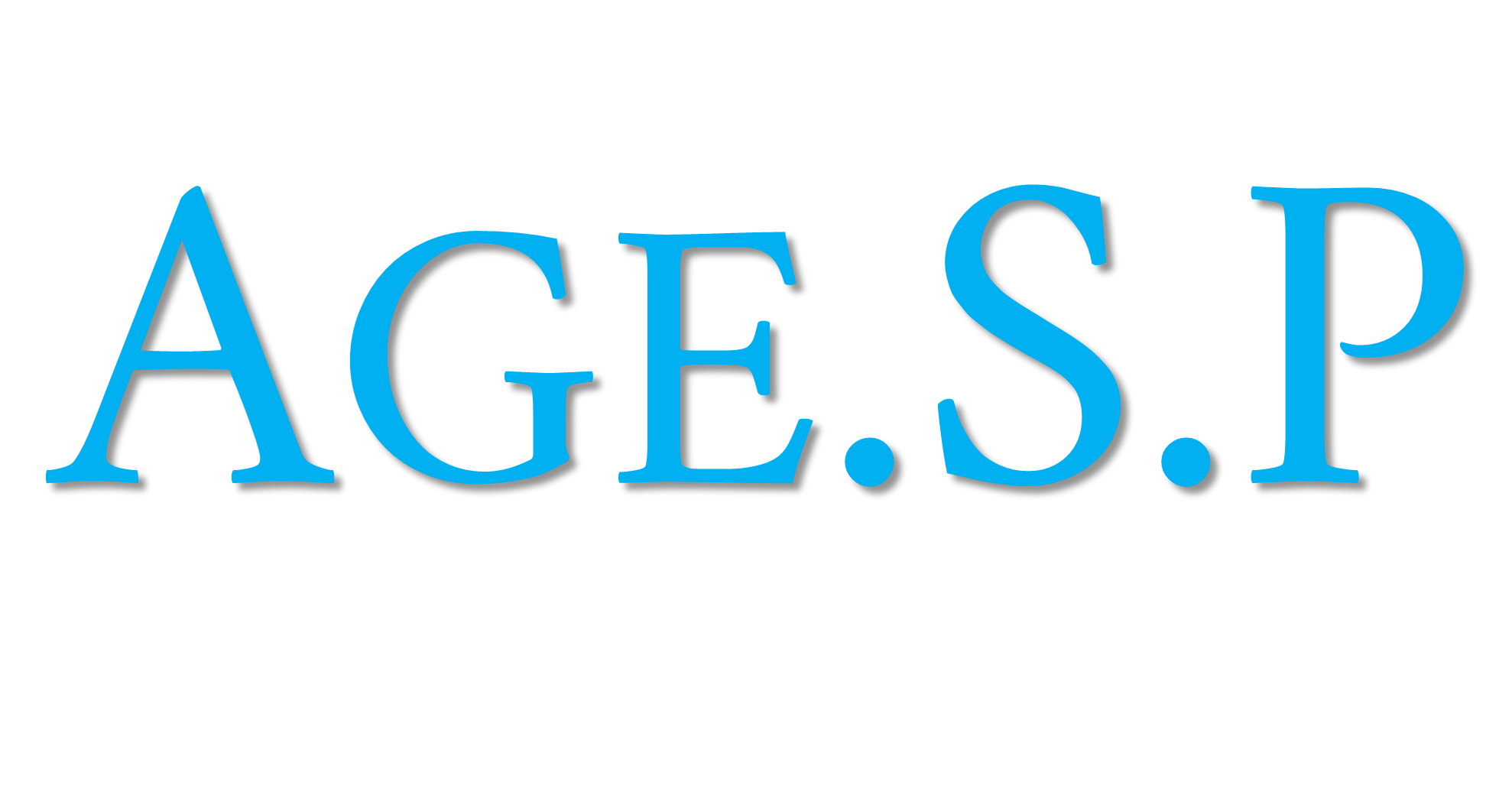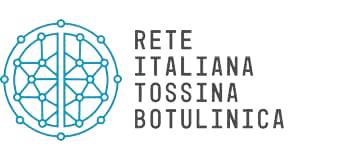For some years now, the e-commerce, real virtual shops where you can purchase any kind of object often at cheaper prices.
Although, as previously mentioned, these are completely similar to normal shops, they actually differ in some characteristics, one above all customer management.
In order therefore to obtain more customers and consequently increase revenue, the so-called Lead Generation is fundamental in online platforms, a marketing strategy thanks to which it will be easier to attract new customers.
In fact, what you may not know is that, at least on the internet, the sales process is not made up of just the act of selling the goods, but rather of three main phases: Lead Generation, purchasing decision and, finally, closing the deal.
The first step is the most important one, as it allows the approach of new customers, the second is instead related to the choice of the desired items and the last simply consists of payment.
By continuing to read this article you will be provided with all the information on how to develop a correct strategy Lead Generation for e-commerce. Thanks to the following lead generation techniques for your online store, you will be able to make your business a successful one in a short time.
Start with search engine optimization (SEO)
Nowadays, it is of fundamental importance to be aware of the tastes and spending habits of potential customers. In this sense, the best choice is therefore to study and understand every detail regarding the way in which customers wish to make their purchases.
The majority of these, without a doubt, will start their online shopping simply by typing what is necessary into the search engine (Google, Yahoo, Bing...). Implement a good one SEO strategy it will allow the website to gain important positions in the ranking and therefore appear among the first results once the search has been carried out.
This, by significantly increasing visibility, will make it significantly easier to find your e-commerce platform, as very often users do not go beyond the first search page.
PPC: Pay-per-click advertising
How many times have you clicked, even by mistake, on an advertisement that redirected you directly to a new page.
Using this strategy represents perhaps an even more efficient way of SEO optimization, since in this way, on platforms such as Google Ads, it would be much easier to reach as many users as possible by warming up the SERP (Search Engine Result Page).
In addition to this, pay-per-click advertising is also extremely useful for competitor keywords that have a clear purchasing intent, but are dominated by the competitor.
In this circumstance, it is necessary to establish how and where to make the adverts public in relation to the keywords entered by the users. If your e-commerce site sells sportswear, your ad may also appear in results for searches such as football boots or children's tracksuits.
Content Marketing
Unlike in the past, today, every seller must deal with a very demanding clientele and above all perfectly aware of every single detail regarding the desired product.
To understand how to obtain qualified leads for your e-commerce, it will therefore be necessary to satisfy these needs through the creation of ad hoc content.
In fact, many customers, before going to the store or proceeding via the internet, tend to find out exhaustively before making the purchase.
These wish to be informed about the products useful to their needs, about the quality-price ratio and obviously about every feature. A good e-commerce provides all the information just mentioned, offering the customer a consultancy service via the internet.
This strategy is called content marketing. You could then always consider the idea of extending this strategy to social media and publishing your ads and articles on highly frequented platforms such as Instagram, Facebook or Tik Tok, helping potential customers make a decision regarding the purchase.
Obviously, the nature of these announcements is strongly influenced by the sector relating to your e-commerce platform, but you can still go from simple purchasing guides to suggesting useful advice.
The final aim of content marketing is therefore to provide each user with all the information necessary to facilitate the purchasing process and, consequently, build a solid and reliable reputation for you and above all for your website, which is very useful in building a dense network. of customers.
Lead Magnets
Among the contents that can be spent to create lead generation, there are the so-called Lead Magnets.
These are specifically incentives capable of attracting the attention of the public to convince them, together with other persuasive elements, to leave the email or in any case a reference necessary for be contacted again.
All this generates lists of potential contacts, i.e. people who could create conversions.
At the base of lead generation techniques there is its character of gratuitousness or economic advantage.
A lead magnet is based on exchange (so it does not have to be paid for with money), asking for a contact to be obtained.
This address magnet it must obviously be related to your offer. To give a better idea of which contents can fall into the lead magnet category, let's give some examples.
Ideas and best practices for an ecommerce lead magnet ideas and best practices
- Ebooks
- Webinars
- First part of a video course
- White papers
- Statistics and research
- Case studies
- Forms and templates
- Discounts and trial versions
Social Media
We introduced them in the previous paragraph, but social media obviously requires a further paragraph dedicated to them.
In fact, today more than ever, social media must be considered as the most essential resources in the field of marketing, as they allow you to easily reach a very large number of users and show them what truly differentiates your e-commerce from others .
Many social networks, for example, even allow you to use very important advertising options, real resources to use to increase your business.
Facebook offers the possibility of publishing ads or articles in order to drive traffic directly to a specific page of your online store and to carefully choose the audience with which you wish to relate through the various targeting options.
This ranges from simple demographic information, such as age or gender, to more complex options, including profession, interests and education. By using these specific advertising methods you will certainly be able to reach the specific audience you desire.
Newsletter: use of email
L'Email marketing, for lead generation in ecommerce, can be a very valid tool.
Another way to keep your customers constantly updated is, in fact, to use email, a fast communication method visible to everyone.
Unfortunately, even if your e-commerce site generated thousands of daily visits, not everyone would feel ready to proceed with the purchase right away.
Most likely, however, they will immediately feel ready to provide your email address, especially if a discount or some advantages were promised in exchange.
Sending emails could prove to be an effective method to stay in touch with them, encourage them to return to the site and above all inform them of any news or promotions.
You could then use some automated campaigns useful for sending specific messages to customers in relation to their habits and the actions they carry out once on the site. For example, it happens to many people to put one or more certain products in the cart and leave the platform without having purchased anything.
In this case, the automated campaigns introduced above could help you send them a specific email containing a link that allows them to complete the transaction.
Pop-ups
Another very useful tool, if used correctly, is that of Pop-ups. The general rule is to be thrifty so as not to make these elements cumbersome when navigating the online store, and so as not to stress the user. The risk would be to produce an opposite effect.
So let's see how to use pop-ups for lead generation in your e-commerce.
- Offer a discount: You can use a pop-up that appears when a visitor arrives on your page or when they are about to leave the site, offering an exclusive discount for the first purchase, in exchange for subscribing to your newsletter or for creating a new account.
- Show useful content: You can use a pop-up to show useful content to your visitors, such as a free guide, a video tutorial or a checklist.
- Create a survey: A pop-up with a survey can be an effective way to learn more about your visitors and understand what their interests and needs are.
- Create a quiz: A quiz can be a fun way to engage visitors and gather useful information. You can create a pop-up that invites visitors to take the quiz and asks them to leave their contact information to receive the results.
- Offer a free trial: If you sell a product or service that requires a large investment, you can use a pop-up to offer a free trial to visitors.
Conversion rate optimization
Your main interest, in addition to obviously selling the products offered, is certainly to convert visitors to your website in some way. Conversion simply consists of having an interaction between customer and e-commerce.
This does not only concern the purchase, but also the subscription to the newsletter or any other gesture that pushes the customer towards the sales funnel.
CRO, an acronym for conversion rate optimization, could give you great help. CRO is nothing more than a process useful for understanding which of the products in the catalog are effective in converting users. This allows you to carry out checks in every area: layout of product pages, suggestions and invitations addressed to the customer and much more.
In short, CRO will allow you to identify important information and exploit it in order to reach or retain many customers through conversion.






















